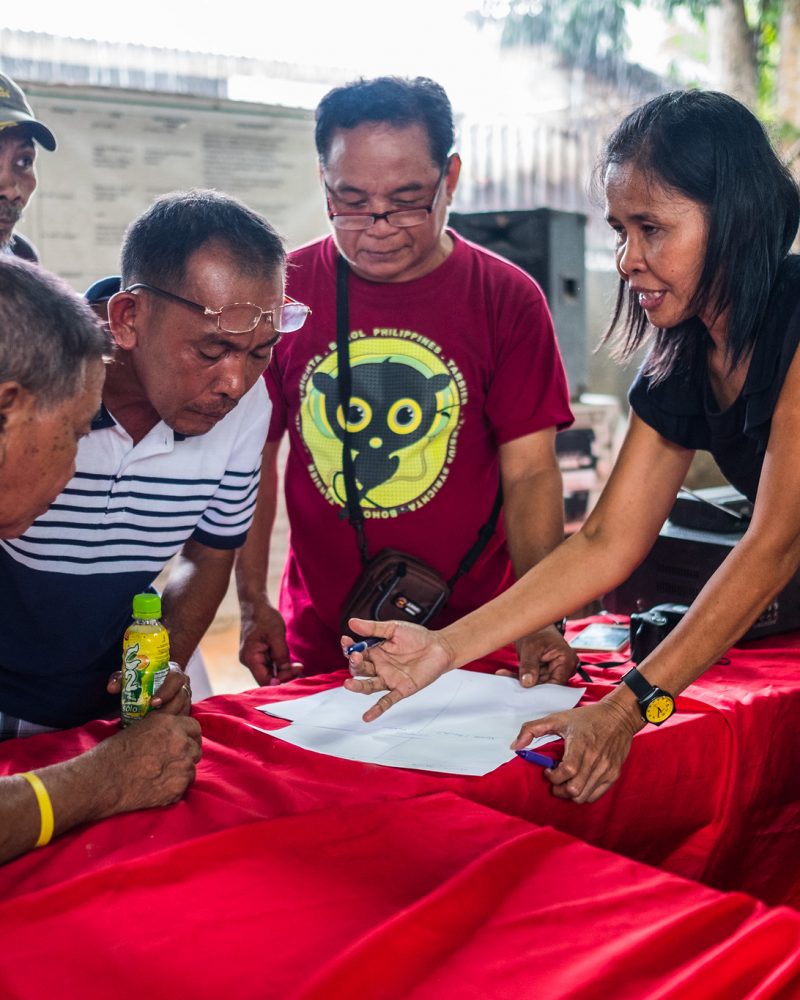What does it really mean to collaborate, learn, and adapt? How can these approaches be applied successfully to conservation efforts in an international development context?
USAID’s Collaborating, Learning and Adapting (CLA) Case Study Competition provides a venue to explore these questions. The competition seeks experiences of USAID staff and implementing partners from around the world as they use a CLA approach for organizational learning and better development outcomes.
Environmental Incentives – together with our partners in USAID’s Mozambique mission, USAID’s Office of Forestry and Biodiversity, and Measuring Impact– is proud to announce that our case study was one of ten winners of USAID’s 2018 CLA Case Study Competition! Seeing the Forest for the Trees: CLA Strengthens Conservation in Mozambique documents a cross-site learning process conducted by USAID/Mozambique, USAID’s Bureau for Economic Growth, Education, and Environment’s Office of Forestry and Biodiversity (E3/FAB), and our Measuring Impact activity. This is the second award-winning CLA Case Study for Measuring Impact. Through Measuring Impact (2013-2018) Environmental Incentives and partners Foundations of Success and ICF have provided technical assistance to USAID missions, bureaus, and offices world-wide as they implement biodiversity conservation programming.
The Conservation Challenge in Mozambique
Mozambique is a country of exceptional biological diversity with a deep commitment to conservation. A quarter of the country’s land is designated in conservation areas. However, governance and economic development challenges, compounded by porous borders and weak conservation enforcement, pose increasing risks to biodiversity conservation and security in Mozambique.
In 2013-2014, Measuring Impact and E3/FAB supported USAID/Mozambique’s Environment Office to design two new Global Development Alliance projects, one in Niassa National Reserve and the other in Gorongosa National Park. These two protected areas are important refuges for lions, elephants, and endangered wild dogs and pangolins, among other species, all of which are impacted by rampant poaching and other threats.
The Need for Adaptive Management
Over the past few years, the conservation context has significantly changed for Mozambique’s protected areas. Niassa Reserve is now facing an elephant poaching crisis of historic proportions. At the same time, in Gorongosa, a nearby civil conflict that had been driving up poaching rates and other illegal activities has de-escalated, opening new opportunities for conservation and community development.
In 2017, USAID’s implementing partners in Niassa and Gorongosa were interested in learning from each other to improve how they tackled the dynamic and evolving conservation challenges at their protected areas. “Seeing the Forest for the Trees” describes a learning exchange that brought together teams from different locations and organizations to gain insights from each other’s efforts to address pressing threats to iconic wildlife in Mozambique. Together the teams reviewed their theories of change, identified key information gaps and needed adaptations, and developed a clear path to improve monitoring, evaluation, and learning practices and program outcomes.
USAID’s Mozambique mission provided innovative insights and leadership to the design of the learning review, creating a safe space for the implementing teams to work closely with each other and with USAID. USAID’s Office of Forestry and Biodiversity and Measuring Impact facilitated the cross-site learning exchange using a methodology pioneered and refined by Measuring Impact. One outcome of the recent learning workshop is the launch of a new conservation community of practice, which will provide opportunities for conservation practitioners to share information across regions and programs.
Impact and Outcomes
Taking a CLA approach has allowed the USAID/Mozambique mission to further strengthen internal and external collaboration, socialize the use of “pause and reflect” exercises for adaptive management, and reinforce the use of theories of change in biodiversity programming. It has also allowed for improved collaboration and information sharing between the two protected areas, and provided a clear pathway to improve monitoring, evaluation, and learning practices and outcomes.
Seeing the Forest for the Trees and all winning cases are featured on USAID’s Learning Lab. Congratulations to all of USAID’s winners and finalists!



